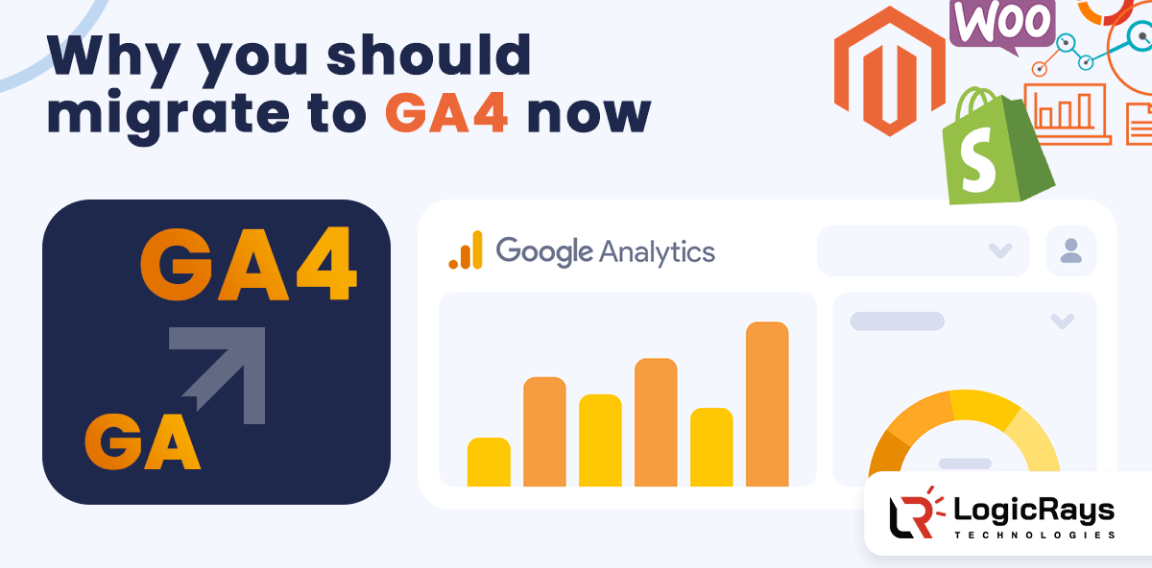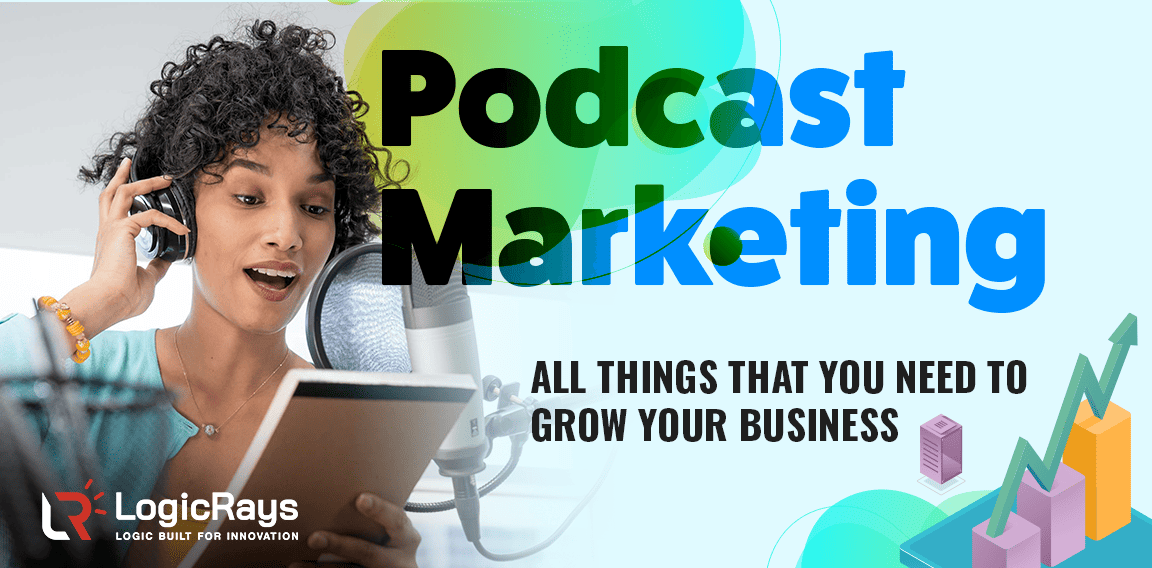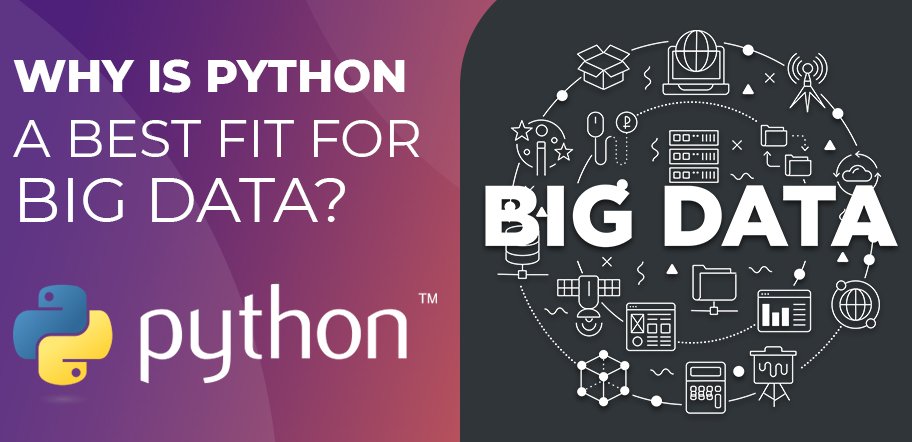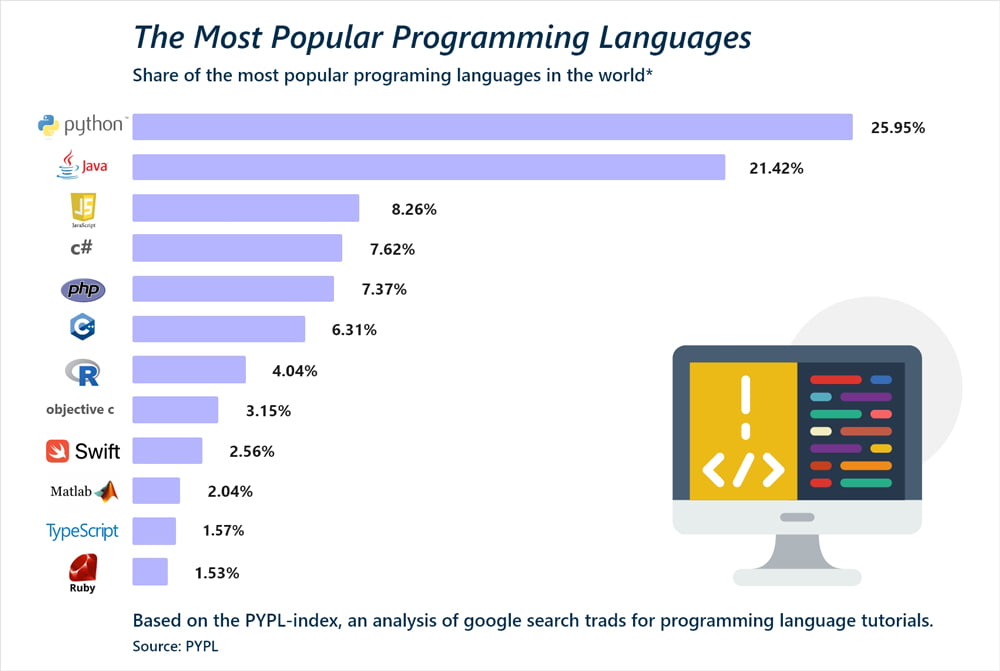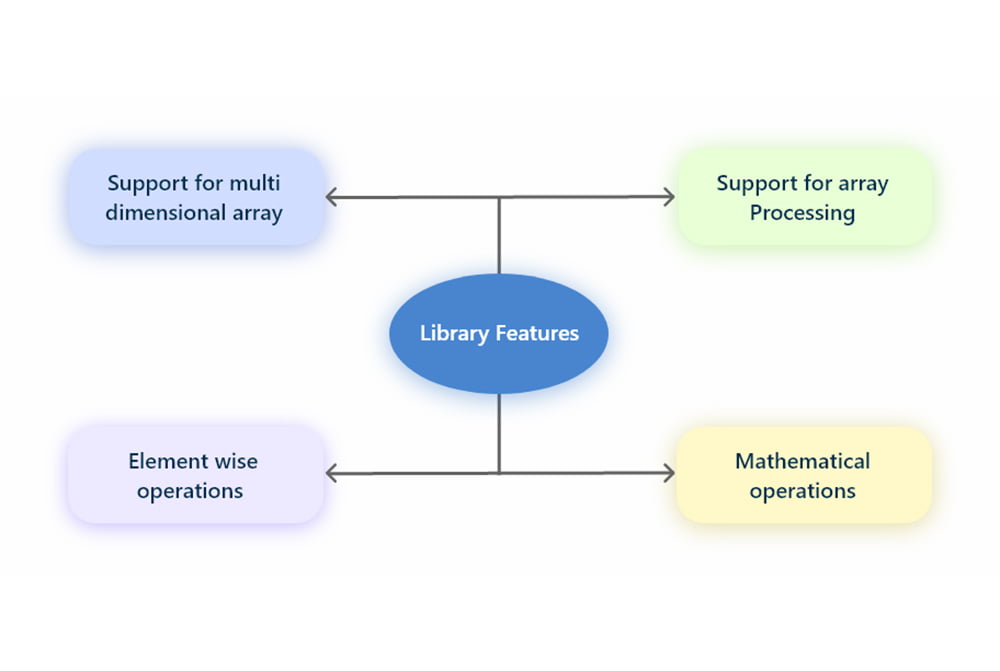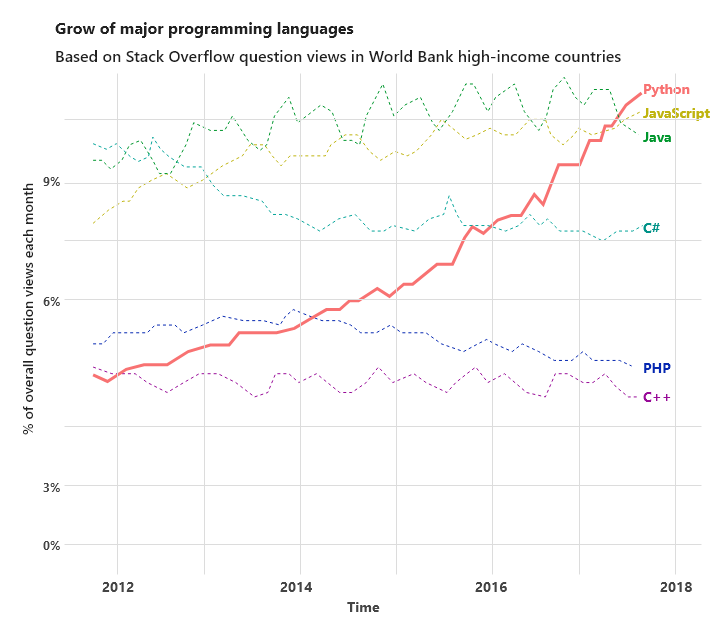WordPress is a powerful platform for digital marketing. Why? Because it is well known for offering flexibility and extensive customization towards your digital business. It simplifies website creation, even for non-technical users with thousands of themes and plugins. WordPress marketing tools have solutions for all key pain points that website developers and wonders face.
With the help of the best WordPress plugins for marketing, the solutions include improving website SEO optimisation, integrating email online marketing tools and propelling lead generation through pop-ups and digital forms. Whether you’re looking to boost your website’s performance or automate marketing tasks, these plugins offer great features. If you’re unsure about integrating these tools, you can always hire WordPress developers to ensure seamless implementation.
WordPress combines ease of use, boost lead generation, scalability and functionality for digital marketers. You have plugins that can:
Optimise content for search engines
Simplify email campaign management and its integration into various business modules.
WordPress also addresses performance issues with plugins that would ensure fast loading speeds.
With analytics tools it tracks user behavior to refine strategies.
What are these and how do they make your work better? Let’s dig deeper into what WordPress Plugins bring to your table and how:
4 Criteria for Choosing the Best Digital Marketing Plugins:

1. Ease of Use and Integration
Pick plugins that are intuitive and compatible with your platform. For example, Yoast SEO integrates very easily with WordPress. It also provides easy-to-follow SEO optimisation recommendations.
2. Features Aligned with Marketing Goals
Select plugins that address your specific needs. If you aim to improve lead generation for your online business, OptinMonster offers powerful pop-ups and forms.
3. Plugin Reliability and Support
Choose well-rated plugins with regular updates. For instance, Rank Math is known for its reliability and responsive support team.
4. Free vs. Premium Versions
For automation tools, always start with free versions to test the basics. Plugins like HubSpot provide advanced features like analytics in premium plans, ensuring high-end scalability.
10 Best WordPress Plugins for Marketing:
1. Yoast SEO:

Among the best WordPress marketing tools, Yoast SEO helps improve website SEO. It has tools for content analysis, keyword SEO optimization, and readability. It creates XML sitemaps and optimizes URLs. It helps increase organic website traffic and rankings.
Price: The free version offers essential features. The premium version costs $99/year, because it comes with advanced tools like redirect management and internal linking suggestions.
2. Google XML Sitemap:
This plugin creates sitemaps for search engines. It generates XML sitemaps for posts, pages and customised text content. It also helps search engines index content faster. The most popular plugin that makes it easier for search engines to find your site.
Price: It’s free to use and essential for SEO.
3. All in One SEO Pack:
Among the most sought after SEO plugins for WordPress, this plugin helps with SEO management. It generates meta tags, creates XML sitemaps and supports Google Analytics. It easily collabs with social media plugins for WordPress and helps with advanced SEO. It’s easy to use for beginners and offers extra features for experts.
Price: The free version works well. The premium version costs $49.50/year.
4. Elementor:

Elementor is a page builder plugin. It lets you drag and drop to design websites without coding. Quite useful for e-commerce, because it offers templates, widgets and responsive design that is quite easy towards integration. It helps create high-converting landing pages.
Price: The free version is basic. The premium version starts at $59/year and gives more design options.
5. Redirection:

Redirection helps manage 301 redirects. It tracks 404 errors and fixes broken links. It’s easy to set up and helps with SEO. These SEO plugins for WordPress ensure users don’t see error pages.
Price: Free to use and is important for managing website changes.
6. MonsterInsights:

This WordPress content marketing plugin connects your website to Google Analytics. It not only tracks real-time website traffic, but also provides details about user behavior. It includes eCommerce tracking and creating custom reports. It helps improve digital online marketing strategies.
Price: The free version is useful for all kinds of start-up businesses. The premium version starts at $99.50/year and adds advanced features.
7. Mailchimp:
Mailchimp helps with email marketing. It offers email campaign management, audience segmentation, and email templates. It helps improve customer engagement and conversions. You can automate emails and track performance.
Price: The free plan covers up to 500 subscribers. The premium plan starts at $13/month.
8. Contact Form 7:
Contact Form 7 lets you create contact forms. It customises forms with CAPTCHA and spam protection. It sends email notifications when someone fills out a form. It helps collect leads and customer inquiries.
Price: It’s free and easy to use.
9. WordPress Popup:
WordPress marketing tools named Popup helps create pop-ups for lead generation. It has a drag-and-drop editor and custom templates. It is quite popular because it targets users based on behavior and integrates with email tools. It helps capture more leads, tracks conversion tracking and improves conversion rates.
Price: The free version is basic. The premium version offers advanced features.
10. Wordfence Security:

Among the best WordPress plugins for marketing, Wordfence Security is the most sought after automation tool that protects your website and its business. It offers a firewall, malware scanning and login security. In simple words, it prevents hacking and malicious attacks. It keeps your site secure for marketing activities like in e-commerce.
Price: The free version of this WordPress content marketing plugin covers basic security. The premium version starts at $119/year and offers enhanced features.
Tips for Optimising WordPress with Marketing Plugins:
Choose lightweight WordPress Plugins so as to avoid slowing down the site.
Limit HTTP Requests by reducing down extra elements like scripts to boost the website’s working speed. This is essential typically for e-commerce businesses.
Use CDN because it will help you distribute content across servers for faster load times.
Clean databases regularly by removing unused data to keep the website running smoothly.
Track regular performance by using WordPress content marketing plugins like MonsterInsights for real-time data.
Keep plugins updated for better performance and security.
Use caching for storage of static pages. This helps improve load times and SEO optimisation
Optimise images from time to time as well as try to compress images with tools like Smush for faster loading time.
Limit external scripts like the Host scripts locally. This will speed up your business website.
Test website speed regularly and for this you can use Google PageSpeed Insights. Best WordPress plugins for marketing that helps to monitor and improve overall website speed.
Are These Plugins Worth the Investment?
WordPress marketing tools power millions of websites worldwide. It’s used by everyone, from individuals and small businesses to major organisations like the National Football League and CNN. In fact, WordPress runs on over 40% of all websites globally (source: W3Techs, January 2025).
Whether it’s for personal blogs, e-commerce business stores or news media outlets, WordPress content marketing plugins are a popular choice for users across different industries and backgrounds. If you’re looking for expert help, WordPress development services can provide customized solutions to seamlessly integrate these tools. So what are you waiting for? Use them today and write to us if you have any queries about the best WordPress plugins for marketing!







